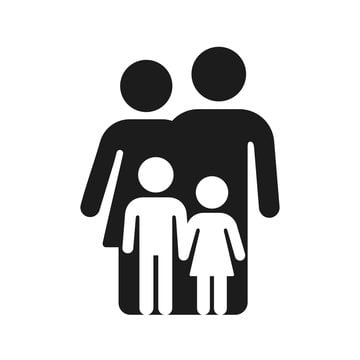The Impact of Nonverbal Communication in Leadership Presence
Hello there! It's AckySHINE, your friendly guide to Communication and Interpersonal Skills. Today, let's dive into the fascinating world of nonverbal communication and its impact on leadership presence. 🌟
-
Body language speaks volumes. The way you stand, move, and make eye contact can convey confidence, authority, and trustworthiness. 💪👀
-
A firm handshake can create an instant connection. It shows your sincerity and professionalism in a simple, nonverbal gesture. 💼🤝
-
Facial expressions are windows to your emotions. A warm smile can instantly make people feel at ease and build rapport with your team. 😊😊
-
Gestures can enhance your message. For example, pointing to visuals during a presentation can help clarify your points and keep your audience engaged. 👈👆👉
-
Posture matters. Standing tall and upright portrays confidence and leadership, while slouching may convey disinterest or lack of self-assurance. 🚶♀️🚶♂️
-
Effective use of personal space can establish boundaries and show respect for others. Invading someone's personal space can make them uncomfortable and undermine your leadership presence. 🚫🙅♂️
-
Eye contact is crucial. Maintaining eye contact during conversations demonstrates attentiveness and shows that you value the person you are speaking with. 👁️👁️
-
Tone of voice sets the mood. Speaking with a calm and steady tone can convey confidence and authority, while yelling or speaking too softly can undermine your message. 🗣️🔊
-
Nonverbal cues can complement verbal communication. For instance, nodding your head while listening can show that you are engaged and understanding what the other person is saying. 👍👂
-
Dress appropriately for the occasion. Your attire reflects your professionalism and can impact how others perceive your leadership presence. Dressing in a neat and polished manner shows that you take your role seriously. 👔👗
-
Nonverbal communication can be cultural. Gestures that are acceptable in one culture may have a completely different meaning or be considered disrespectful in another. It's essential to be aware of cultural differences to avoid misunderstandings. 🌍🌐
-
Nonverbal communication can also differ among individuals. Some people may rely more on facial expressions, while others may be more attuned to body language. Adapting your communication style to the preferences of your team members can enhance your leadership presence. 🤝👥
-
In a virtual setting, nonverbal communication plays a crucial role. Using appropriate facial expressions and gestures during video conferences can help you establish rapport and engage your remote team. 💻📞
-
Nonverbal cues can reinforce your spoken words. For example, if you are delivering praise to a team member, a pat on the back or a thumbs-up can add sincerity and emphasize your appreciation. 🙌👍
-
Finally, as AckySHINE, I recommend practicing self-awareness and continuously honing your nonverbal communication skills. Pay attention to how you come across to others and seek feedback to improve your leadership presence. Remember, the impact of nonverbal communication can be incredibly powerful! 💥
Now, let's hear your thoughts! How do you think nonverbal communication affects leadership presence? 🤔🌟




